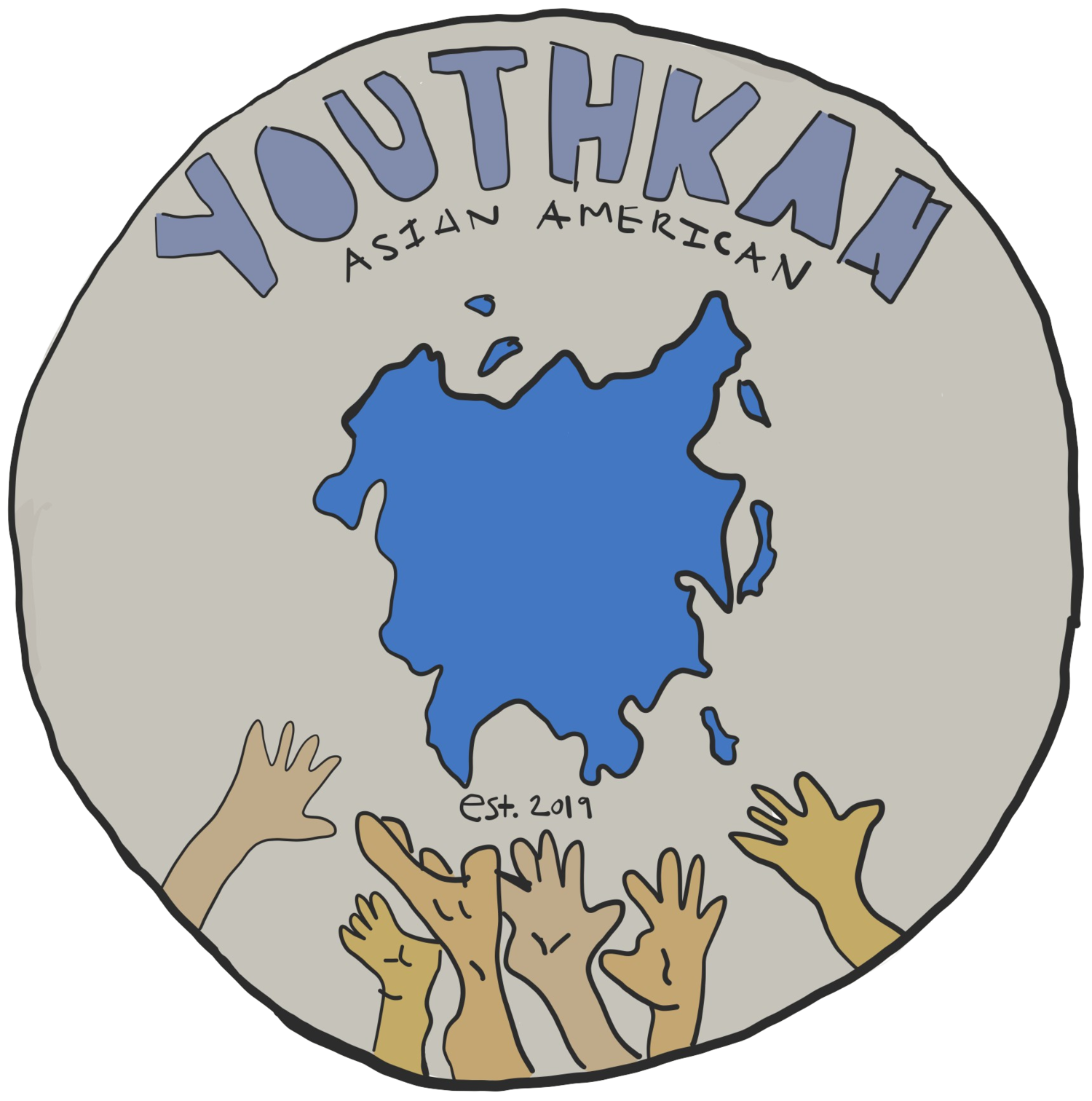Cultural Appropriation
By: Annabelle Chang
Being accused of cultural appropriation can be a sensitive topic. Since one’s culture is a fundamental part of a person’s roots, more complex emotions are usually involved. Oftentimes when there is an argument about cultural appropriation, it can be very messy and can result in hurt emotions. To understand how to deal with arguments about cultural appropriation effectively, the history and origin of cultural appropriation must be explored first.
At the most basic level, cultural appropriation is the adoption of a piece of a culture that is not your own. However, it is not this simple. In addition to adoption of another’s culture, cultural appropriation involves the underlying power dynamic of a group of privilege versus a minority. Cultural appropriation occurs when a person from the majority adopts a piece of culture from a minority group. It is not the same as assimilation where the minority group adopts aspects of culture from the majority out of necessity. When a group assimilates, it is because they are forced to. There is a lack of choice which defines a difference between assimilation and cultural appropriation. The difference is that cultural appropriation can harm the minority group while assimilation does not harm the majority group. In order to fit in, if a black person starts to wear American clothing and not traditional African clothing, it will not harm the majority, white people. However, on the other hand, if a white person wears African ethnic clothing to a party, this action could potentially be offensive and harmful. In addition to being harmful to a race as a whole, cultural appropriation can be offensive individually in different ways depending on the background of a person. This brings another layer of confusion about the line between appropriation and appreciation, but also makes the point that there is no clear line.
Cultural appropriation is harmful on multiple layers. For example, Katy Perry, in her 2013 performance at the American Music Awards, dressed up as a geisha and embodied an “Asian woman” for the sake of her performance. Not only did Katy Perry use ethnic clothing in order to attract more attention, but her performance and outfit further perpetuated stereotypes Asian women being submissive and docile. In their performance, Katy Perry and her back-up dancers purposefully danced light on their feet in order to reinforce the stereotype. To make matters worse, the song that Perry performed was titled “Unconditionally” to suggest that Asian women will submit to their men “unconditionally”. Some agreed that her performance was very offensive and racist while others defended Perry stating that she was participating in cultural appreciation. The disparity here is that even among Asians, some Asians were not offended at all while others were very taken aback at the performance.
Immigrant Asian parents and their Asian American children, oftentimes differ on what is considered cultural appropriation versus cultural appreciation. Why is that? These differing opinions come from a difference of shared experiences. For Asians who live in Asia, their experience with racism is generally slim to none since, in their country, they are the majority. Asians living in America are not the majority so they face different struggles.
The experiences of some first-generation Asians have been synonymous with direct racism and discrimination. For example, in 1882 America passed the Chinese Exclusion Act which prohibited the immigration of all Chinese laborers. They legally could not immigrate to the United States because of their race. Immigrants like these Chinese immigrants struggled with their culture being seen as inferior and less than. With differing immigration experiences of different generations, the nuances of cultural appropriation can be interpreted differently. For some people, the sharing of Asian culture may be a good thing because it increases awareness but for others, it may be harmful to the painful stereotypes they perpetuate.
Conversely, the experience of some second-generation Asians, has been assimilation. Instead of their culture being denied, their culture is ignored. They have generally been taught to live quietly and to keep their cultural food at home because it is too exotic and smelly. In many films and movies, Asians are not represented. There is no place for Asians as full people in the media except for the “popular” parts of their culture. Asian Americans specifically have felt and observed the effects of Asians as people being erased while their culture is used freely for popularity. Seeing others find favor in white people taking part in the same culture they were not allowed to embrace, can be offensive.
Even among friends I’ve been called too “white” to have a say in what is cultural appropriation or not and that I’m being too sensitive about matters that I presumably would not understand. Although it was all meant to be a “joke”, this is a perfect example of how cultural appropriation should not be discussed. The focus should not be on whether whose opinion is correct, but rather on why a part of a culture is being appropriated.
Maybe there is no clear line between cultural appropriation and cultural appreciation. One could genuinely love another culture that is not theirs and embrace it as a part of their life, yet someone could still find it offensive. At the end of the day, people cannot choose their race. The color of someone’s skin is not a quality that one can control, for the minority and the majority, which means mature conversations about the roots of people’s feelings are very significant. A little understanding can go a long way to deepening our comprehension and appreciation for all cultures.

